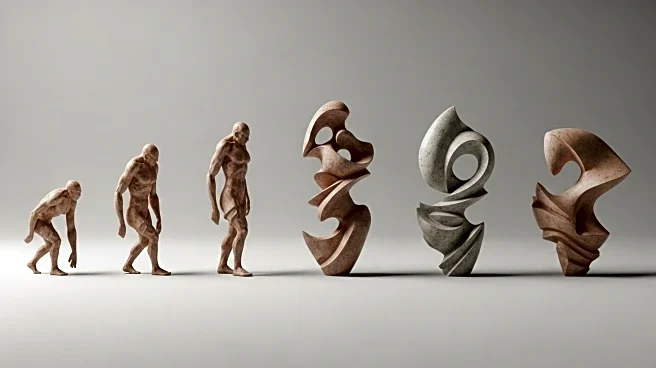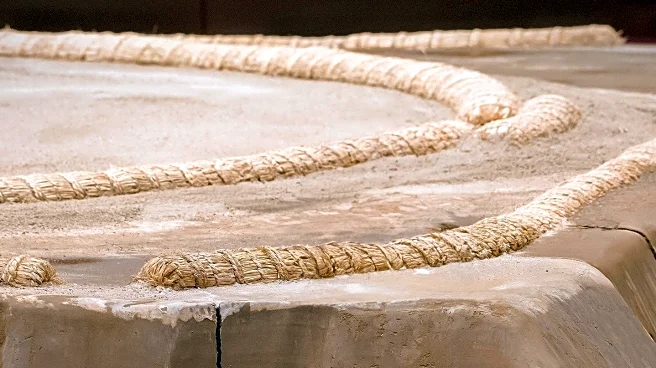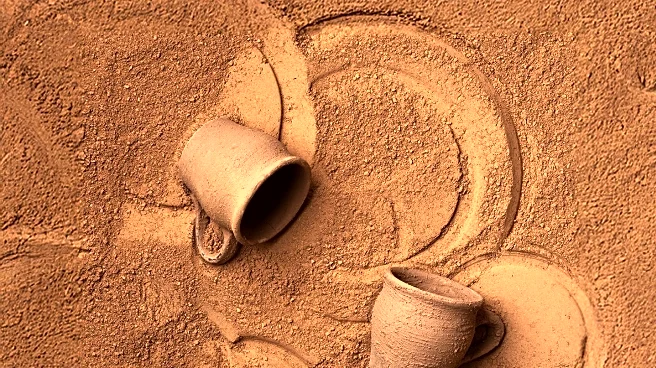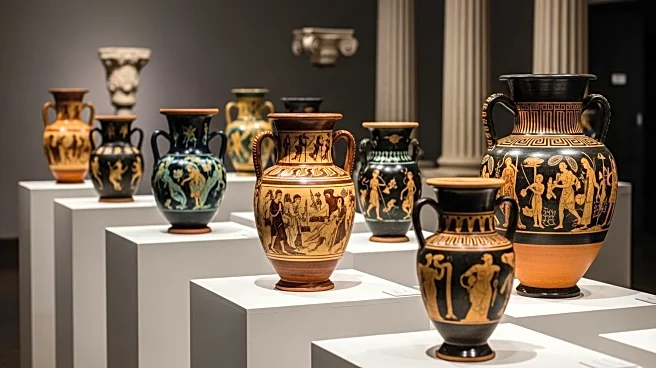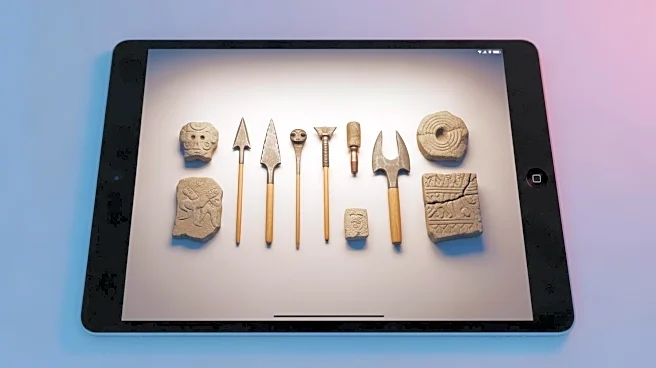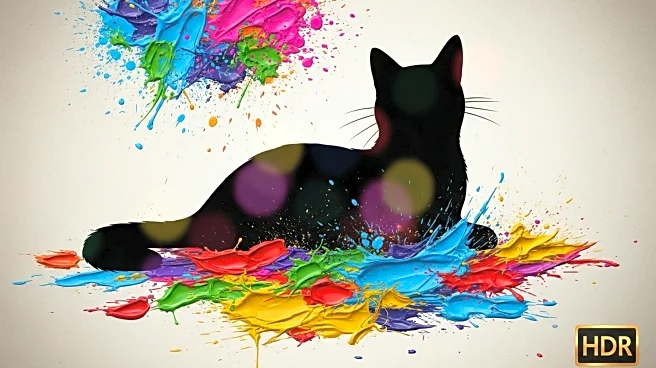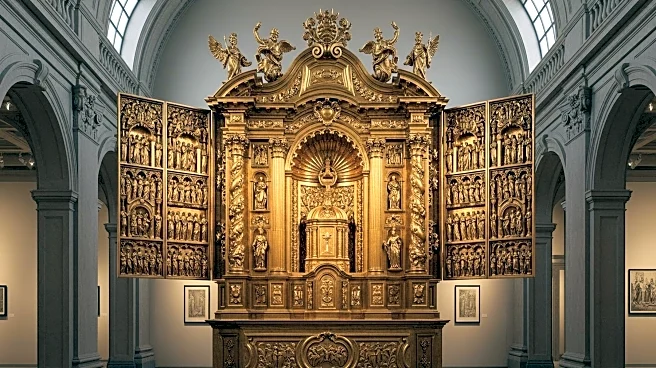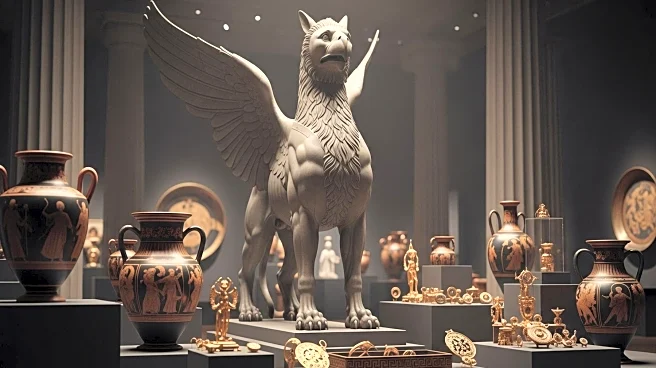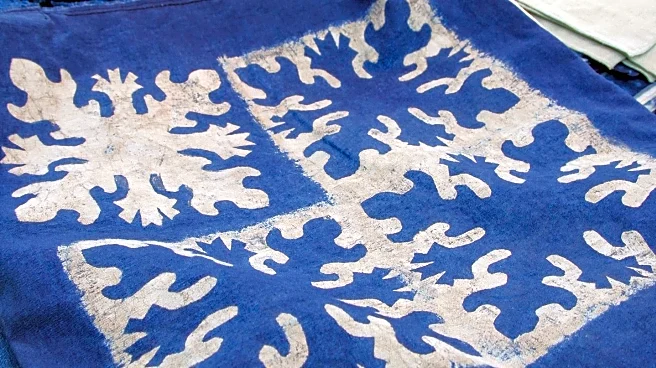The creation of pottery is a process that transforms raw clay into functional and artistic objects through shaping and firing. This ancient craft has been practiced for millennia, with techniques evolving over time to improve
the quality and variety of pottery produced. Pottery is not only a practical craft but also an art form that reflects the cultural and technological advancements of the societies that produce it.
Founding or Discovery
Pottery is believed to have originated independently in various parts of the world, with some of the earliest known examples found in East Asia, dating back to around 20,000 BCE. The discovery of pottery marked a
significant advancement in human technology, allowing for the creation of durable containers for storage, cooking, and transport. The development of pottery was closely linked to the advent of agriculture, as settled communities required vessels for storing surplus food and water.
Key Contributors
Throughout history, many cultures have contributed to the development of pottery techniques and styles. Ancient civilizations such as the
Egyptians, Greeks, and Chinese are renowned for their pottery, each developing unique methods and designs. In more recent times, individual potters and artists have pushed the boundaries of the craft, experimenting with new materials and techniques to create innovative works of art.
Design or Method
The process of creating pottery begins with the selection and preparation of clay, which is then shaped using various techniques such as
hand-building, wheel-throwing, or molding. Once shaped, the pottery is left to dry before being fired in a kiln at high temperatures. This firing process hardens the clay and can also involve glazing, which adds a glass-like coating to the surface. The design and method used in pottery creation can vary widely, influenced by cultural traditions, available materials, and the intended use of the final product.
Early Reception
Pottery has been valued throughout history for its practicality and beauty. Early pottery was often utilitarian, serving essential functions in daily life. However, as techniques improved and societies became more affluent, pottery also became a medium for artistic expression. Decorative pottery was used to display wealth and status, and intricate designs and glazes were developed to enhance the aesthetic appeal of pottery pieces. Today, pottery continues to be appreciated both for its functional uses and as a form of artistic expression.
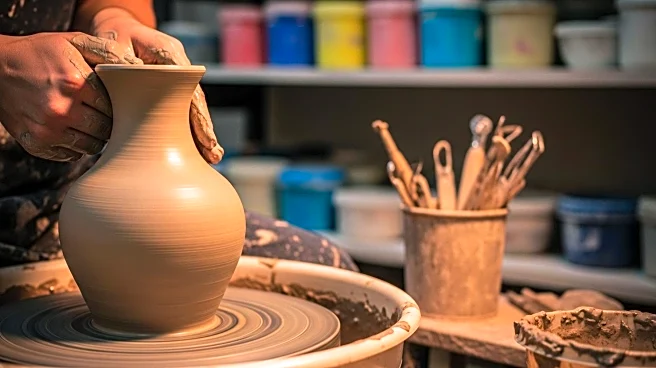
 Discover Daily
Discover Daily 